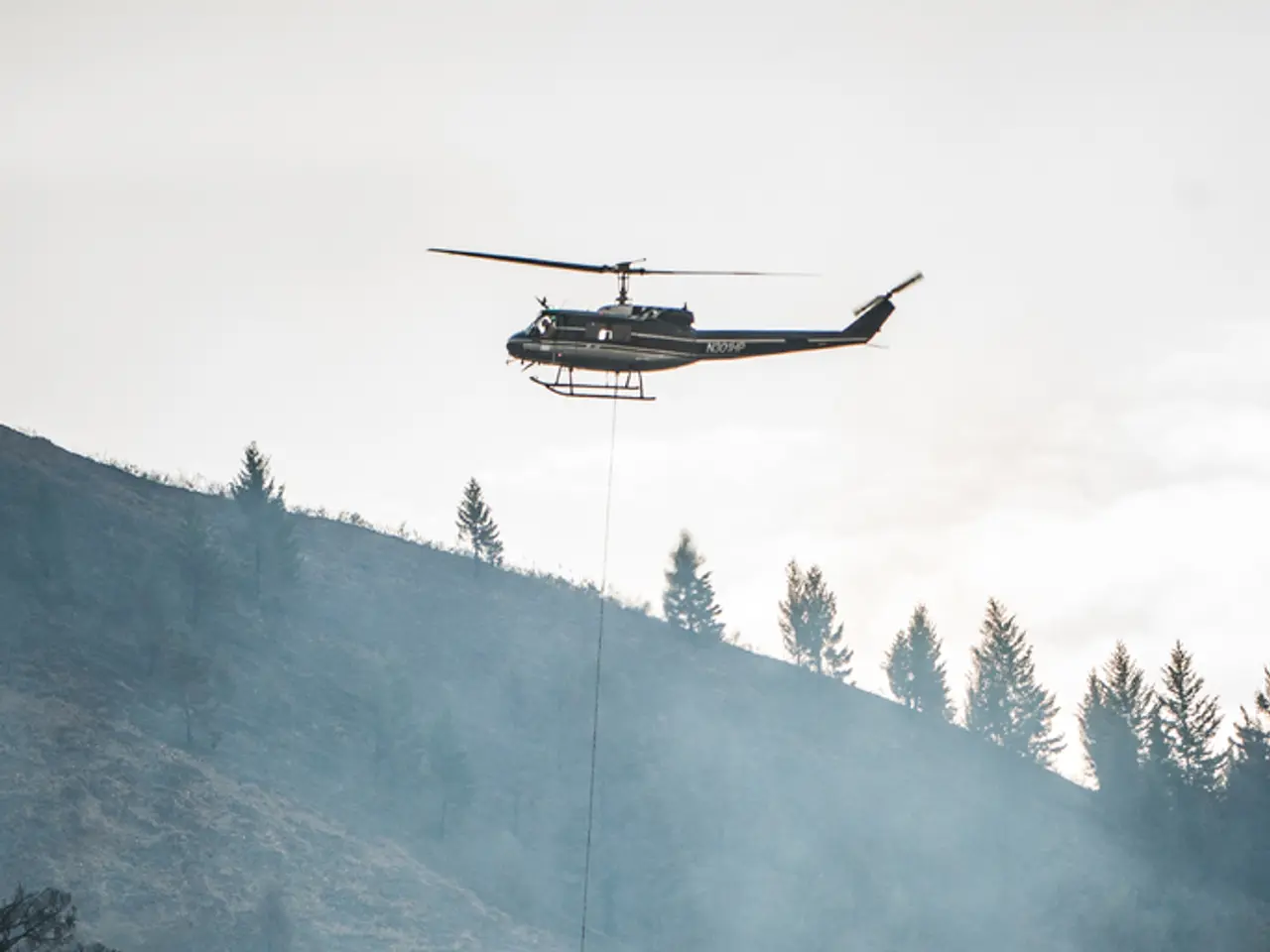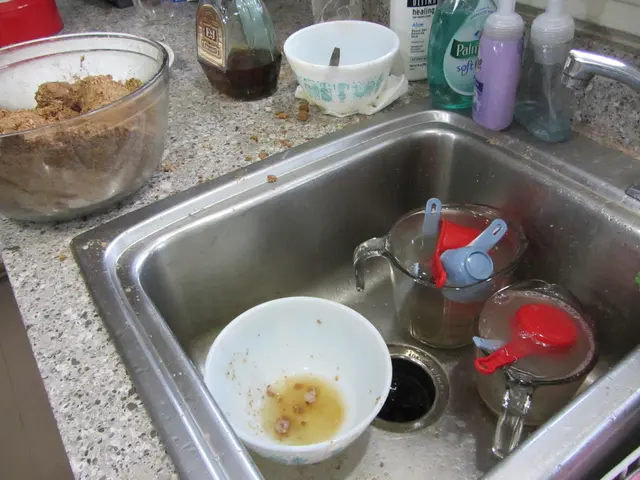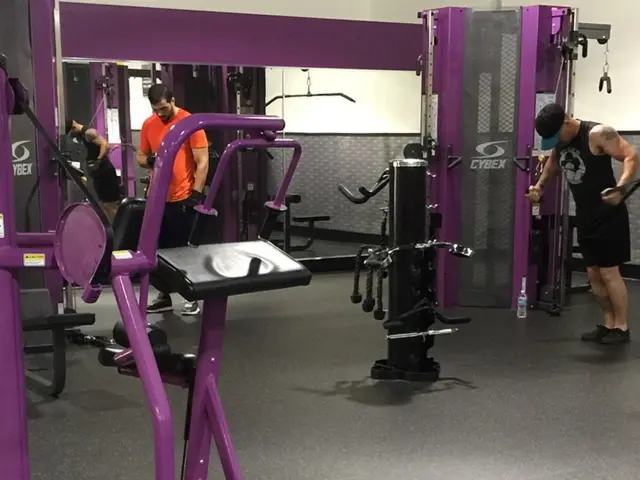Perilous mountain rescue of an unresponsive adolescent girl, performed near darkness, utilizing a helicopter.
A dramatic rescue operation took place in the Sierra de Mariola, Alicante, late on Saturday night, when a 16-year-old climber found themselves in a perilous situation halfway up the Torre del Aguiló, near Cala de Finestrat.
The alert came in around 9:00 PM, and a swift response was initiated. Firefighters from the Provincial Consortium of Alicante, along with members from the Benidorm park, sprang into action. The climber was in a dangerous predicament, as it was equally risky to continue climbing as it was to descend.
In an effort to save the teenager, a crane maneuver was carried out to pull the climber up to a waiting helicopter. The pilot of the helicopter from the Provincial Consortium was praised for their skill in navigating under urgent conditions, performing a precise hover for the winch or hoist operation.
Meanwhile, a rescue team, trained in wilderness medical care, victim stabilization, and rapid extraction techniques, descended with a doctor to provide initial medical attention. The teenager was placed on a stretcher and lifted up to the helicopter for transfer.
The helicopter landed at a sports pitch in Alfafara, where the teenager was transferred to SAMU (Spain's emergency medical service) for further care. The operation was a testament to the coordinated efforts of the firefighters, pilot, and rescue team, working together to ensure the safety of the climber.
Rescuers and firefighters from the park in Cocentaina finished attending to the teenager and transferred them to medical staff. The helicopter Alfa 01 returned to its base in Sant Vicent del Raspeig before sunset for safety reasons.
While specific details about the Sierra de Mariola incident are currently not available in the public domain, it is generally understood that such rescue operations in mountainous areas require the expertise of firefighters, skilled pilots, and a well-trained rescue team. These teams are equipped to handle challenging terrain, provide first aid, and employ rapid extraction techniques to ensure the safety of those in distress.
For more information on mountain rescue procedures or official emergency service reports, please consult the relevant authorities or emergency services in your area.
People involved in the park and the rescue team were equipped with knowledge in science-based health-and-wellness practices for providing initial medical attention to the climber. The swift actions of the team, embracing the principles of science and health-and-wellness, significantly contributed to the climber's safety and eventual successful rescue.





